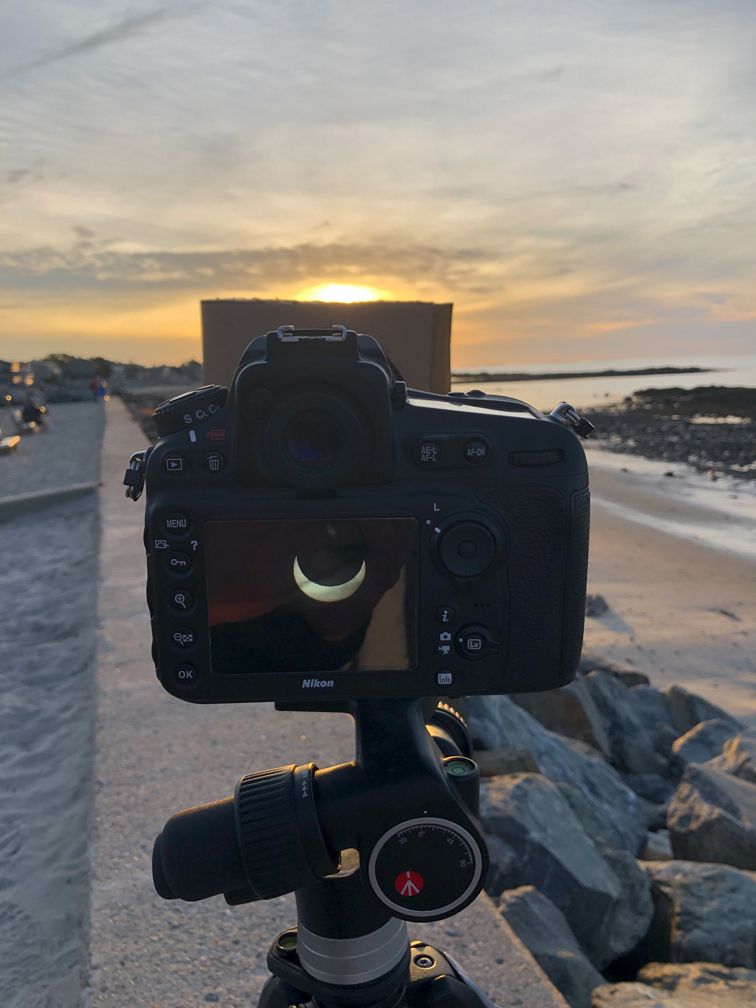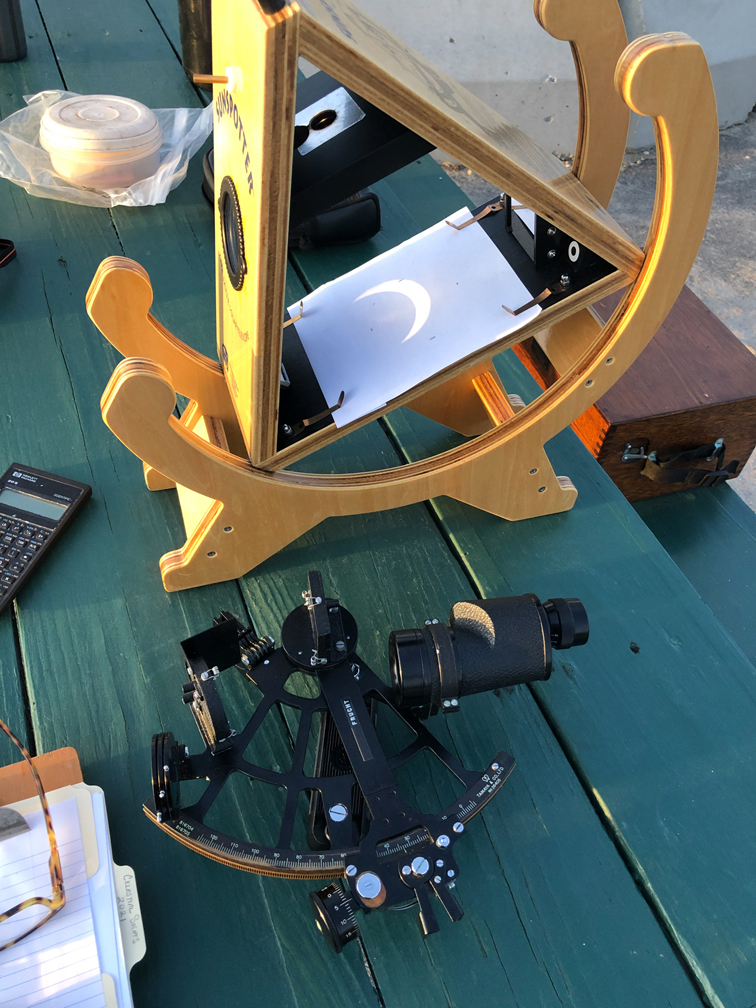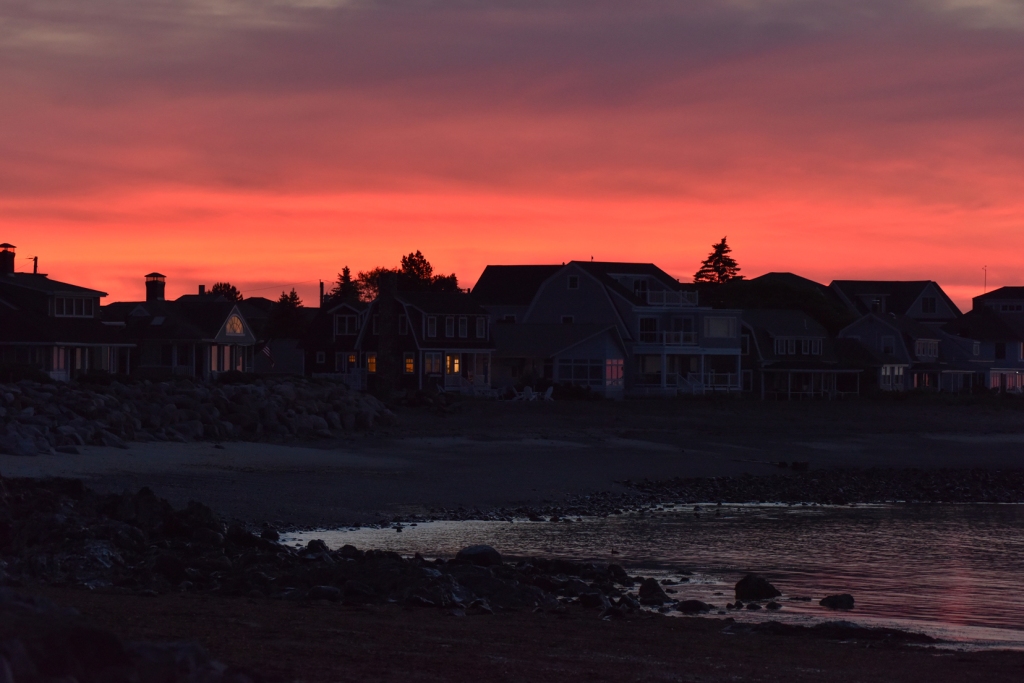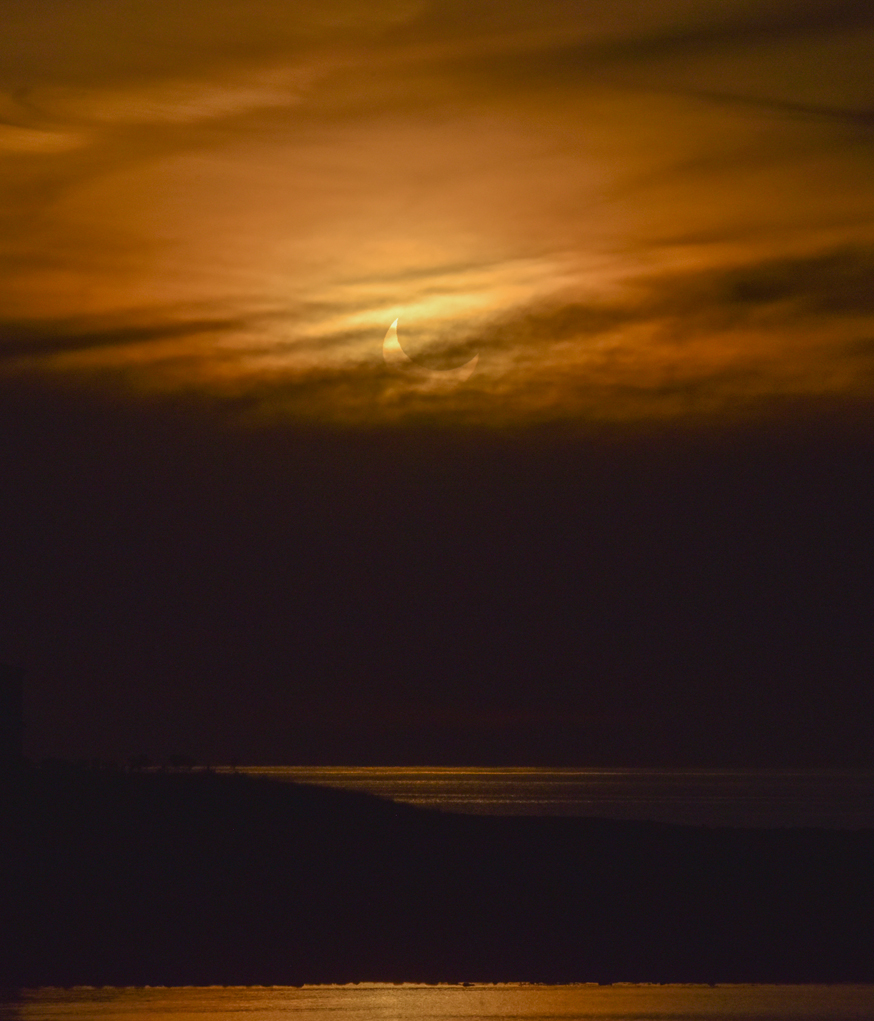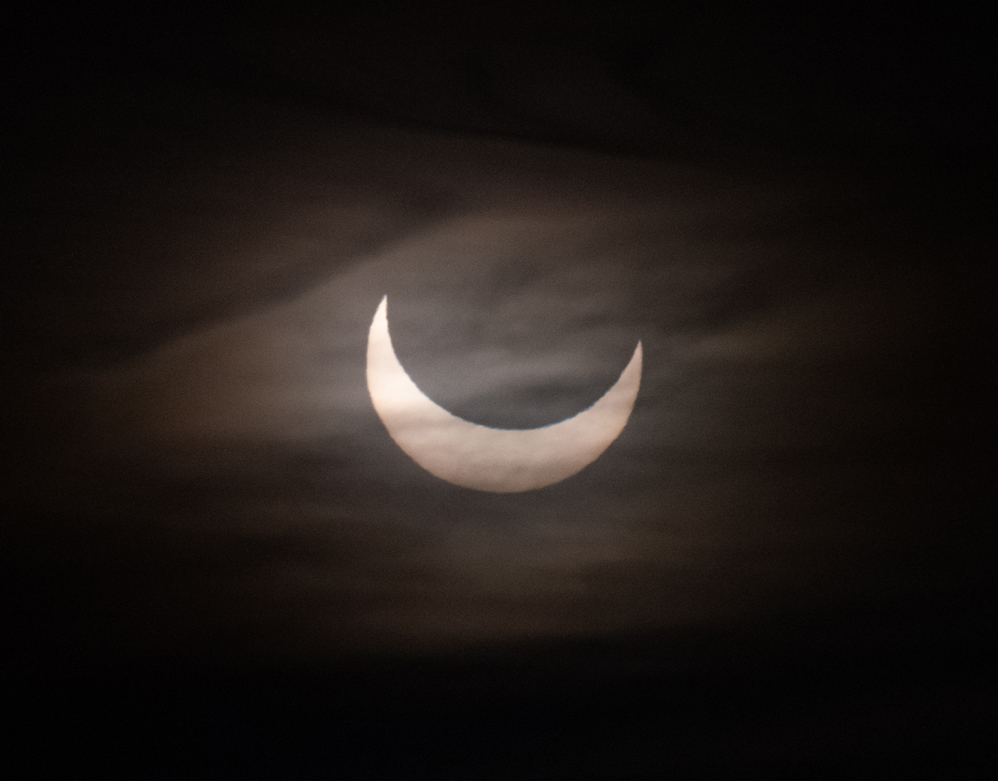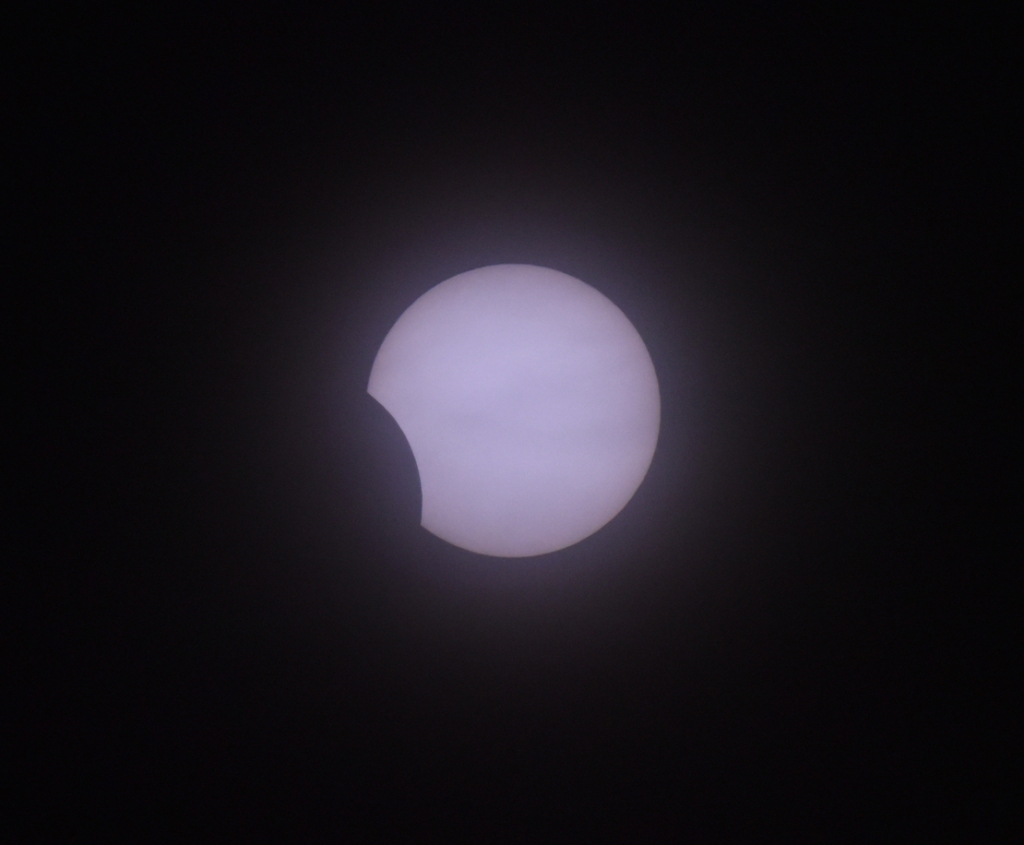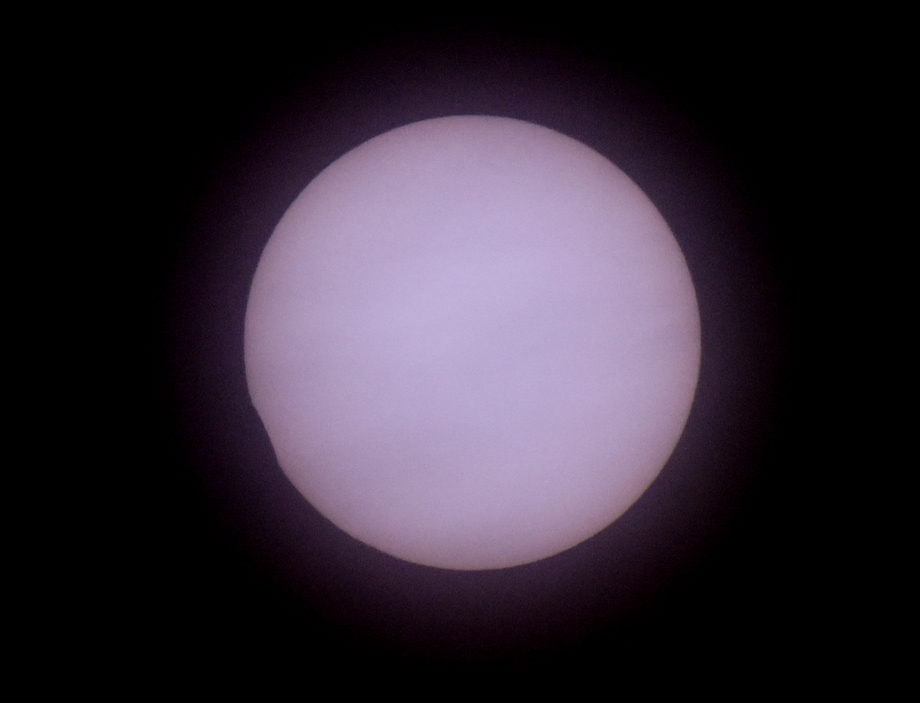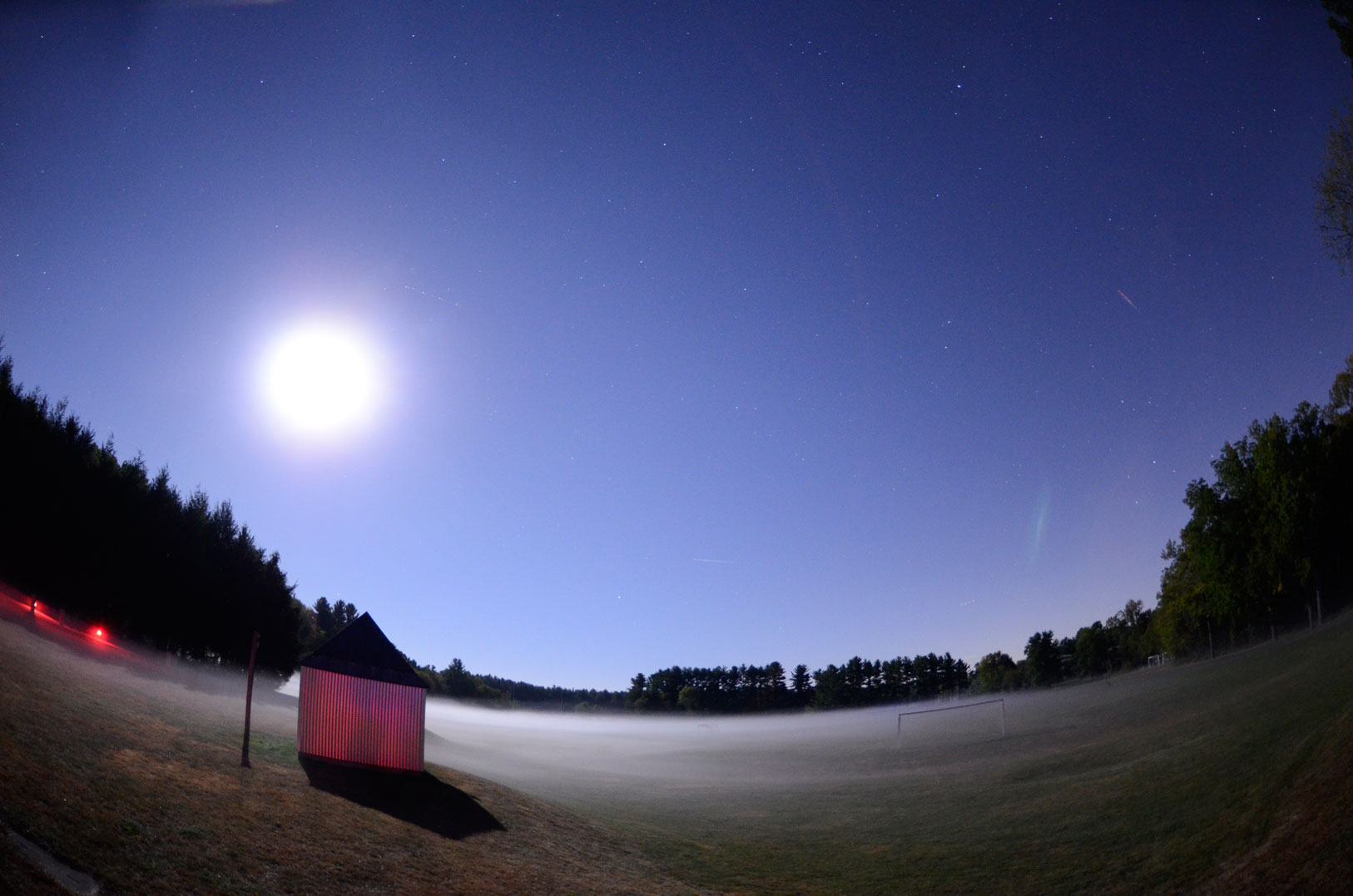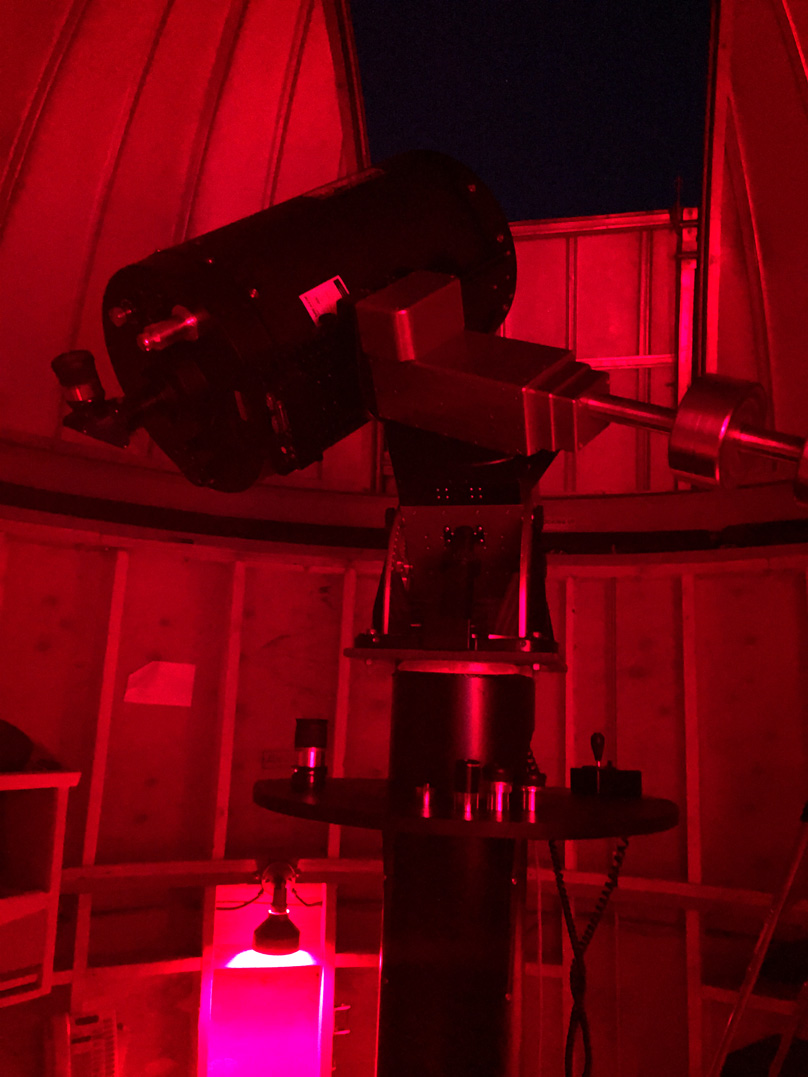This has been quite the spring for astronomical activity! We’ve enjoyed a total solar eclipse, and now one of the largest auroral storms in some 20 years (the last big one was the Halloween storm of October 2003). Leading up to this event was the appearance of the huge sunspot groups 3668 and 3664.


As this group started to send out massive coronal mass ejections, it became apparent that these were headed right towards Earth: a good sign for geomagnetic phenomena, storming and auroral activity. The Space Weather Prediction Center started posting advanced watches then warning as the 11th of May approached. Sure enough, several of these CMEs combined into one large mass of solar material and slammed into our planet’s magnetosphere: aurora!
Starting out as faint greyish clouds, we knew these were not regular clouds as they danced and shifted shapes every few seconds. One moment, they would be small patches of light, the next, they would shoot up to the zenith and glow brightly before vanishing completely. As the storm progressed, color became apparent to the eye: pinks, greens, and violets started to show among a wall of color and light that filled most of the northern half of the sky.
We had set up two cameras to watch the storm progress: 20mm f/1.4 1000iso 1.3 second exposures all night long. Occasionally we’d shift their pointing direction to discover that fainter aurora was visible all the way to the southern horizon! Activity was rapid, changing constantly and colorful.




At the peak of the storm, there was considerable merging of aurora at the zenith. Below id a time lapse of this. The camera took a 1.3 second exposure with a separation of 1 second between each image. Here in the time lapse, each photo frame is 1/10 second in duration. The bright light passing through the video is a med-evac helicopter that passed overhead from Exeter Hospital.


